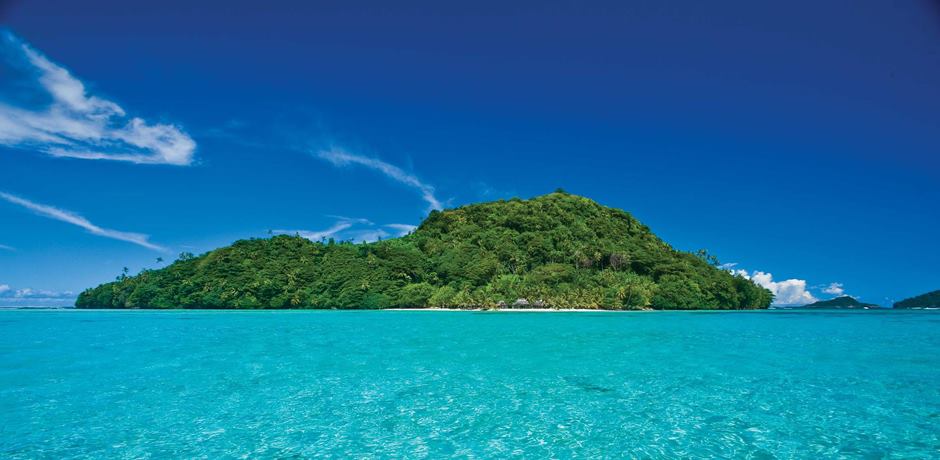New Zealand Cabinet Ministers have recently discussed and dismissed, at least for the time being, a proposal from Pacific nations for easier movement of people across the region. Currently, Pacific Islanders face more stringent entry requirements when visiting Australia or New Zealand compared to Australians or New Zealanders traveling to the Pacific.
This inequality has sparked discontent among many Pacific leaders who are openly calling for Australia and New Zealand to address this disparity. Fiji’s Deputy Prime Minister, Biman Prasad, emphasized this point in a passionate keynote speech at an ANU conference, stating that people should be able to freely move between all Pacific countries and build their careers and businesses across the entire region. Prasad also proposed visa-free travel between Australia, New Zealand, and the Pacific Island states as a starting point for a unified, Pacific-wide single market.
Samoan Prime Minister Fiame Naomi Mata’afa echoed these sentiments during a recent visit to Australia, advocating for a European Union-style arrangement that allows free access for people across the region. However, Mata’afa noted that both Australian and New Zealand representatives have been hesitant to embrace the idea.
Deputy Prime Minister Carmel Sepuloni explained that recent immigration system reforms in New Zealand have made it currently impractical to consider a new regime. While the issue cannot be addressed at present due to a full immigration work program, Sepuloni assured that it does not mean the idea is off the table permanently.
During discussions between Mata’afa and Sepuloni in Samoa, concerns were raised about visa-free travel potentially leading to an influx of Pacific residents into Australia and New Zealand. However, Sepuloni emphasized that there are other areas where cooperation can be pursued, such as two-way labor mobility and supporting Pacific countries in addressing workforce shortages.
New Zealand is reviewing its Pacific labor mobility schemes, taking into account concerns that it may drain talent from the Pacific and reports of mistreatment of workers. Australia, on the other hand, plans to introduce a Pacific Engagement Visa, allowing 3,000 permanent residents from the Pacific each year to enter the country. However, the implementation of this scheme has been delayed beyond the initial July 1 start date.
New Zealand’s Immigration Minister, Andrew Little, stated that further consideration of visa-free travel would be undertaken after the October 14 election, as there are numerous tasks to address before then. The current visa arrangements highlight the disparity, with most Pacific nationals required to pay $A190 for a tourist or business visa to visit Australia, and a similar cost and processing time applying to visits to New Zealand. In contrast, Fiji, Samoa, Solomon Islands, and Tonga offer free visas on arrival to New Zealand and Australian travelers, while Papua New Guinea charges $A75.
As New Zealand and Australia continue to engage with the Pacific region, the topic of free movement and visa arrangements remains a point of discussion, with potential for further developments in the future.





